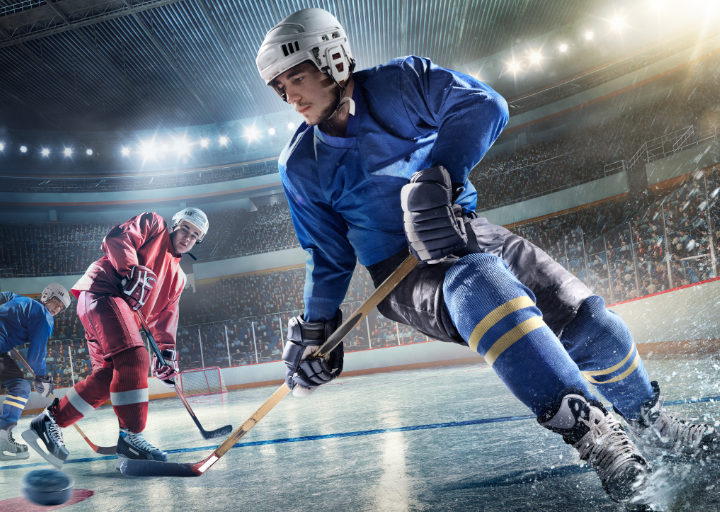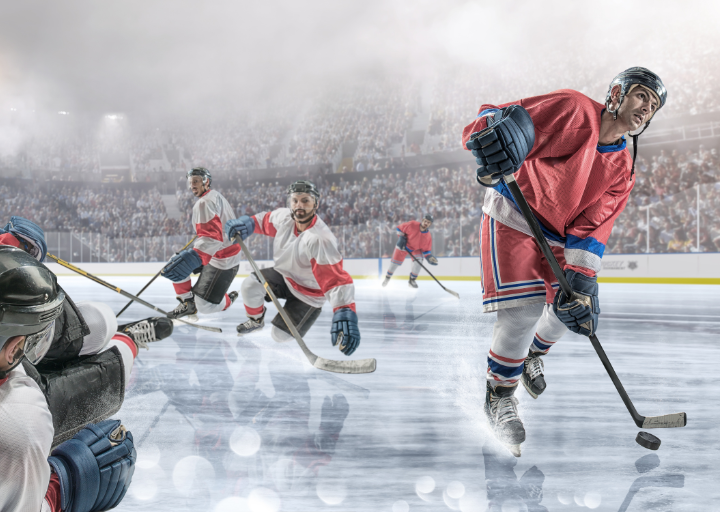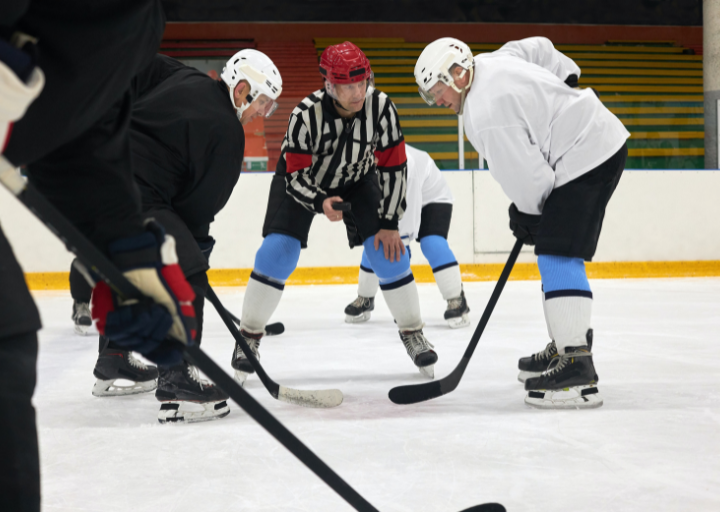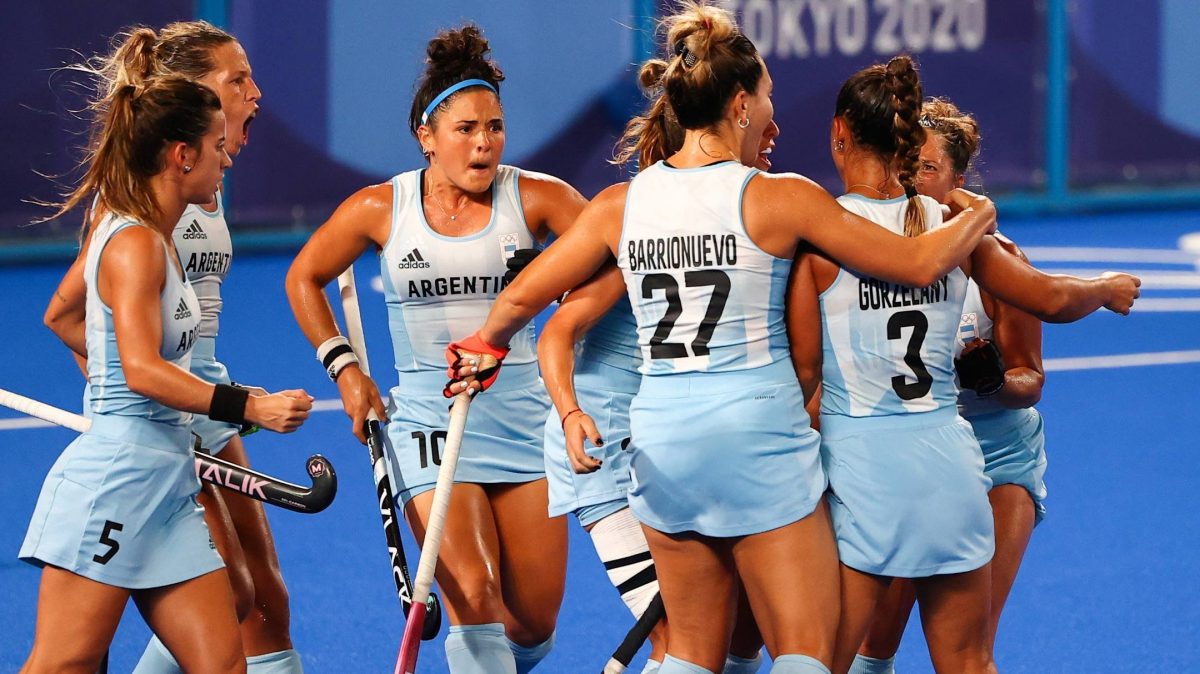In hockey betting, the “puck line” is a type of point spread commonly used to level the playing field between two teams with differing levels of skill or performance. While traditional moneyline betting requires you to pick the outright winner of a game, the puck line introduces a handicap to the favored team, making the odds more attractive for bettors.
Typically set at +/- 1.5 goals, the puck line dictates that the favored team must win by more than 1.5 goals, while the underdog can lose by up to 1.5 goals and still cover the spread. This creates a more even betting field and allows for a wider range of potential outcomes.
Betting on the puck line can offer bettors the opportunity to increase their potential payouts if they believe a favored team will win convincingly or to find value in underdog bets if they expect a close match. It adds an extra layer of strategy and excitement to hockey wagering, making the sport even more intriguing for fans and bettors alike.
Puckline Betting Explained
Puckline betting is a popular form of wagering specifically associated with ice hockey. While traditional money line betting remains a prevalent choice, puck line betting adds a unique twist to the experience, offering bettors an alternative way to engage with the sport. In this comprehensive guide, we’ll explore the basics of puckline betting, its nuances, strategies, and tips for those looking to delve into the exciting world of hockey wagering.
Understanding Puckline Betting:
Puckline betting involves a point spread, much like the runline in baseball or the point spread in basketball and football. In hockey, the puckline is typically set at 1.5 goals, meaning one team is favored to win by at least two goals, while the other is considered the underdog and must either win outright or lose by just one goal to cover the spread.
Positive and Negative Values:
Similar to other sports betting lines, puckline odds are presented with positive and negative values. The team with the negative value (-1.5) is the favorite, while the positive value (+1.5) designates the underdog. For example, if the Toronto Maple Leafs have a puckline of -1.5, they must win by at least two goals for a bet on them to be successful. Conversely, if the Vancouver Canucks have a puckline of +1.5, they can lose by one goal, or win outright, for a bet on them to succeed.
Puckline Betting vs. Moneyline Betting:
Puckline betting differs from traditional moneyline betting in that it introduces a spread, providing a cushion for bettors when wagering on the underdog or requiring a larger margin of victory for bets on the favorite to be successful. This additional layer of complexity can enhance the excitement of the wagering experience.
Strategies for Puckline Betting:
- Team Analysis: Before placing a puck line bet, it’s crucial to conduct thorough research on the teams involved. Analyze their recent performance, head-to-head records, injuries, and overall form. Some teams may consistently perform well against others, making them more favorable when considering the puck line.
- Goalie Impact: Goaltenders play a pivotal role in hockey outcomes. Assess the starting goalies’ recent performances, save percentages, and records against specific opponents. A strong goaltending performance can influence the likelihood of a team covering the puck line.
- Home and Away Records: Teams often perform differently at home and on the road. Consider each team’s home and away records when evaluating their puckline potential. Some teams may be more reliable in covering the spread in their home arena.
- In-Game Dynamics: Stay informed about in-game dynamics, such as power plays, penalty kills, and team strategies. These factors can impact the final score and influence a team’s ability to cover the puck line.
- Stay Updated on Injuries: Hockey injuries can significantly alter a team’s performance. Keep track of player injuries and suspensions, especially those affecting key players who may influence the outcome of the game.
Conclusion
Puckline betting adds an exciting dimension to hockey wagering, offering bettors an alternative to traditional moneyline bets. Understanding the intricacies of the puck line, analyzing team dynamics, and staying informed about various factors influencing the game is essential for successful wagering. By implementing thoughtful strategies and staying updated on relevant information, bettors can enhance their overall experience and potentially increase their chances of success in the dynamic world of puck line betting
Frequently Asked Questions (FAQs) on Puck Line in Hockey Betting
- What is the puck line in hockey betting?
The puck line in hockey betting is a form of point spread wagering. It involves setting a goal handicap of 1.5 goals for one of the teams, making them either a favorite (-1.5) or an underdog (+1.5). Puck line betting adds a layer of complexity to traditional moneyline bets, requiring the favored team to win by at least two goals or the underdog to win outright or lose by one goal to cover the spread.
- How does puck line betting differ from moneyline betting?
Puck line betting introduces a point spread of 1.5 goals, while moneyline betting is a straightforward wager on which team will win the game. Puck line betting provides a cushion for underdog bettors or demands a larger margin of victory for favorite bettors. Moneyline odds represent the odds of a team winning or losing outright without any point spread.
- What does -1.5 and +1.5 mean in puck line betting?
In puck line betting, a team with a puck line of -1.5 is the favorite and must win by at least two goals for the bet to be successful. On the other hand, a team with a puck line of +1.5 is the underdog and can either win outright or lose by just one goal for the bet to cover.
- How do I calculate puck line odds?
Puck line odds are displayed with positive and negative values. Negative values represent the favorite, and the number indicates the amount you need to bet to win $100. Positive values represent the underdog, and the number indicates the profit you make on a $100 bet. For example, if a team has a puck line of -150, you would need to bet $150 to win $100.
- What factors should I consider when making a puck line bet?
Key factors to consider include team performance, head-to-head records, goalie statistics, home and away records, in-game dynamics like power plays and penalty kills, and player injuries. Thorough research on these aspects can help you make informed decisions when placing a puck line bet.
- Can a team win the game but not cover the puck line?
Yes, it is possible. If a team wins the game but fails to win by at least two goals when they are the favorite with a puck line of -1.5, or if the underdog loses by more than one goal, the puck line bet on that team would not be successful even though they won the game.
- How do overtime and shootouts affect puck line bets?
Puck line bets are typically settled based on the score at the end of regulation time, excluding overtime and shootouts. If the game goes to overtime, the result may impact moneyline bets, but it does not affect the outcome of puck line bets.
- Are there strategies for successful puck line betting?
Strategies include thorough team analysis, consideration of goalie impact, assessment of home and away records, staying informed on in-game dynamics, and monitoring player injuries. Combining these elements can enhance your chances of making successful puck line bets.
















